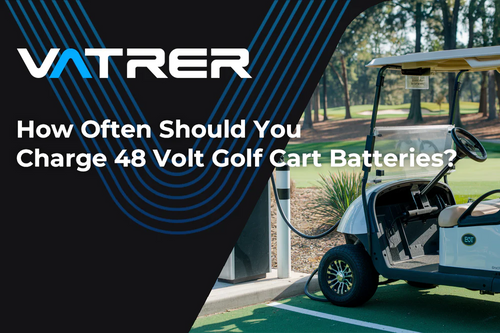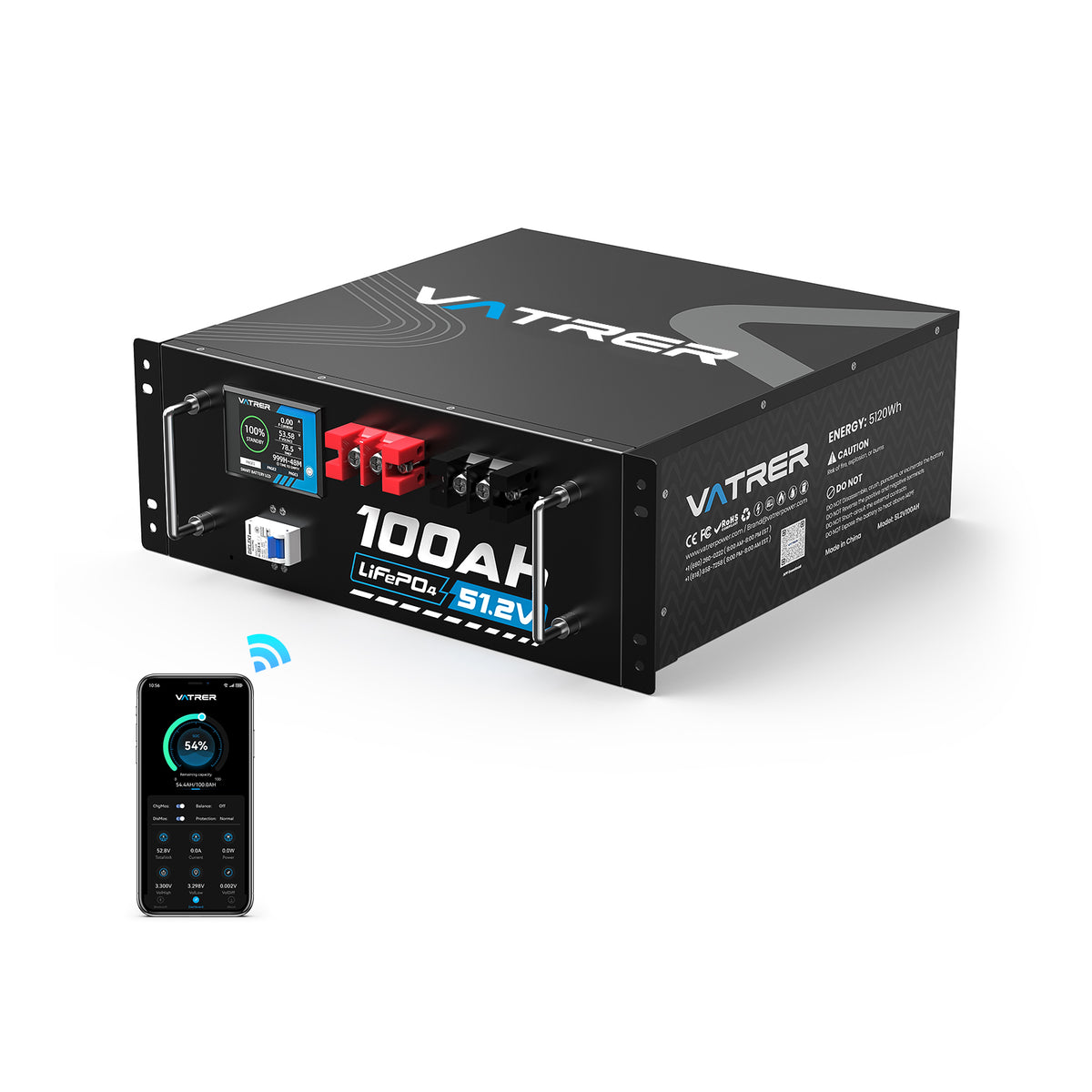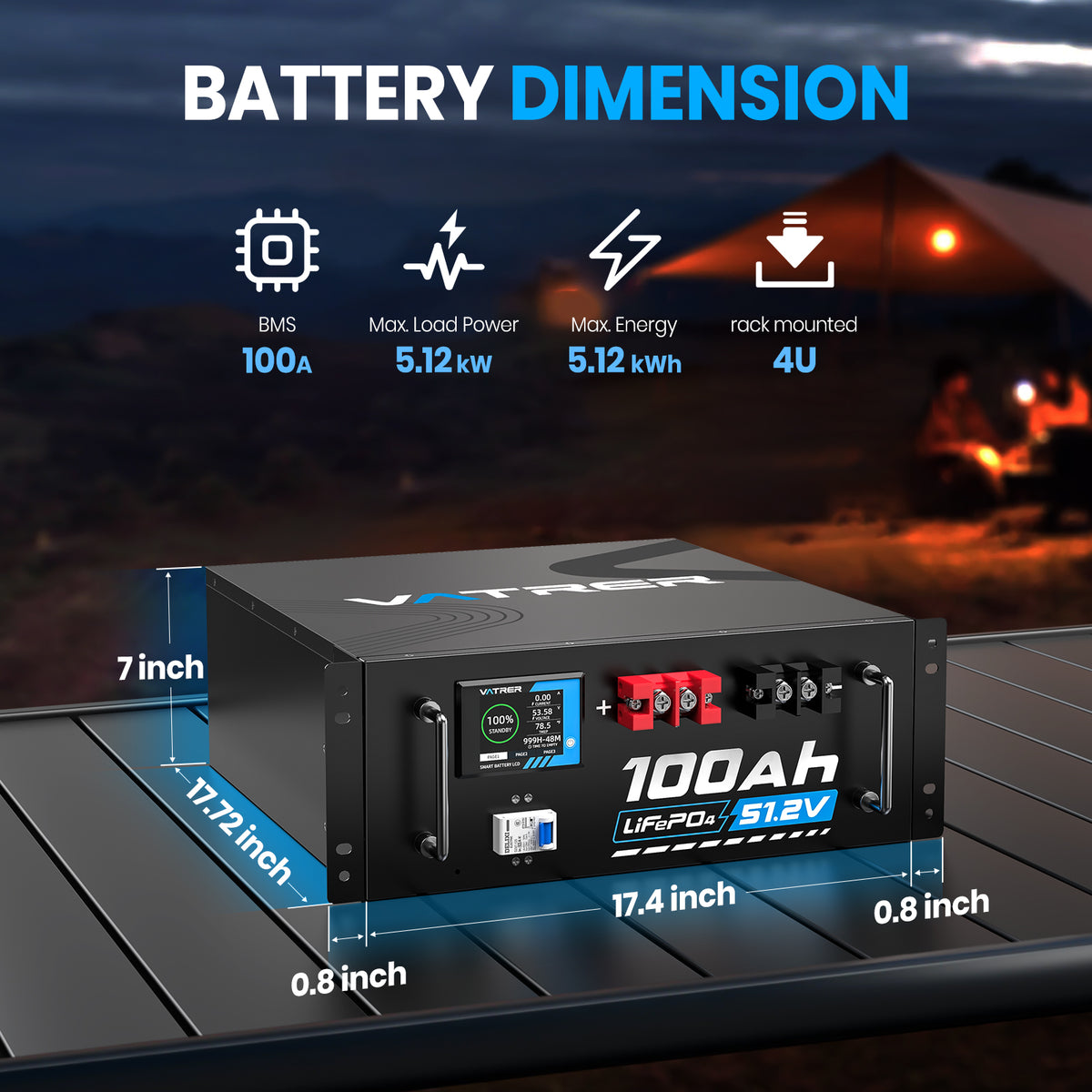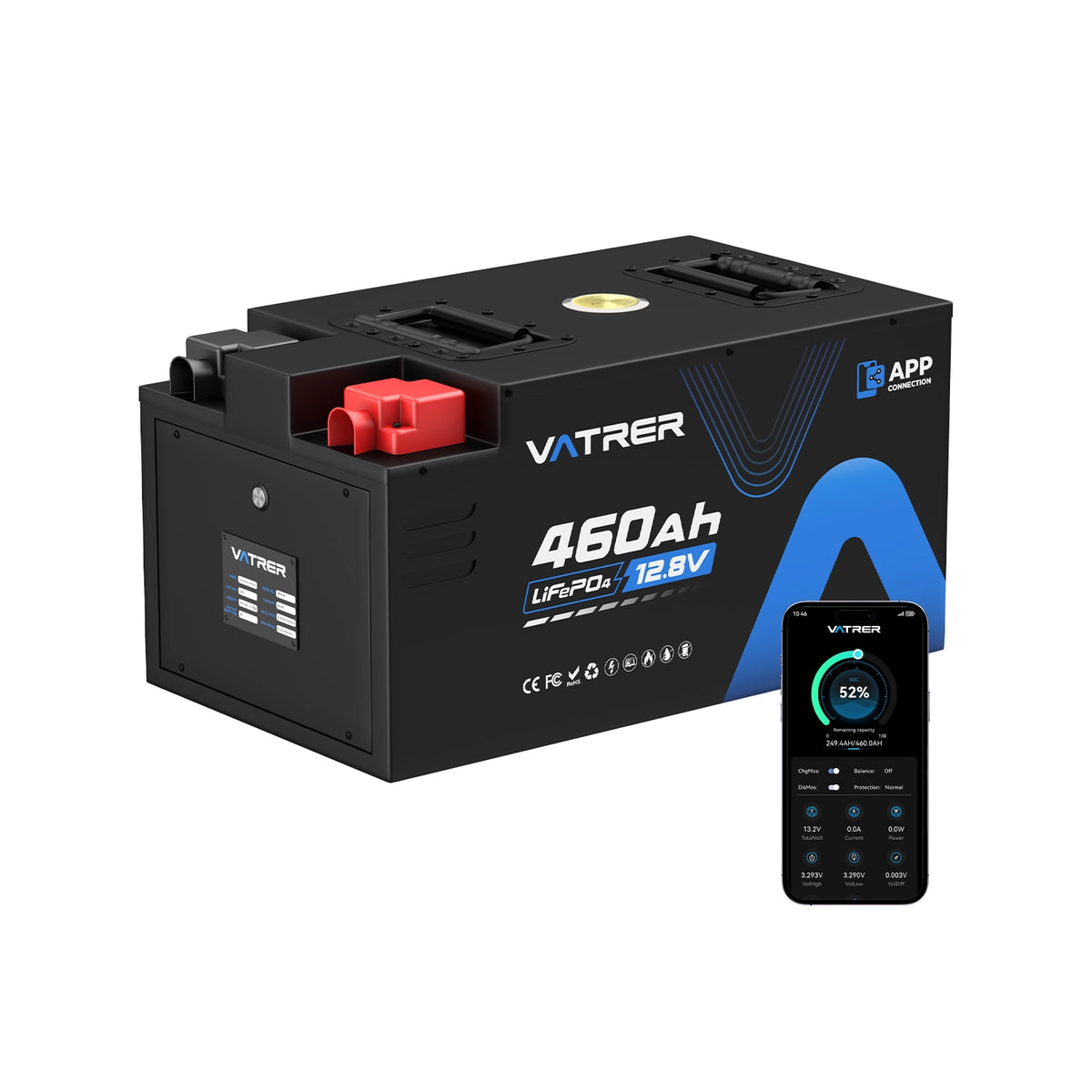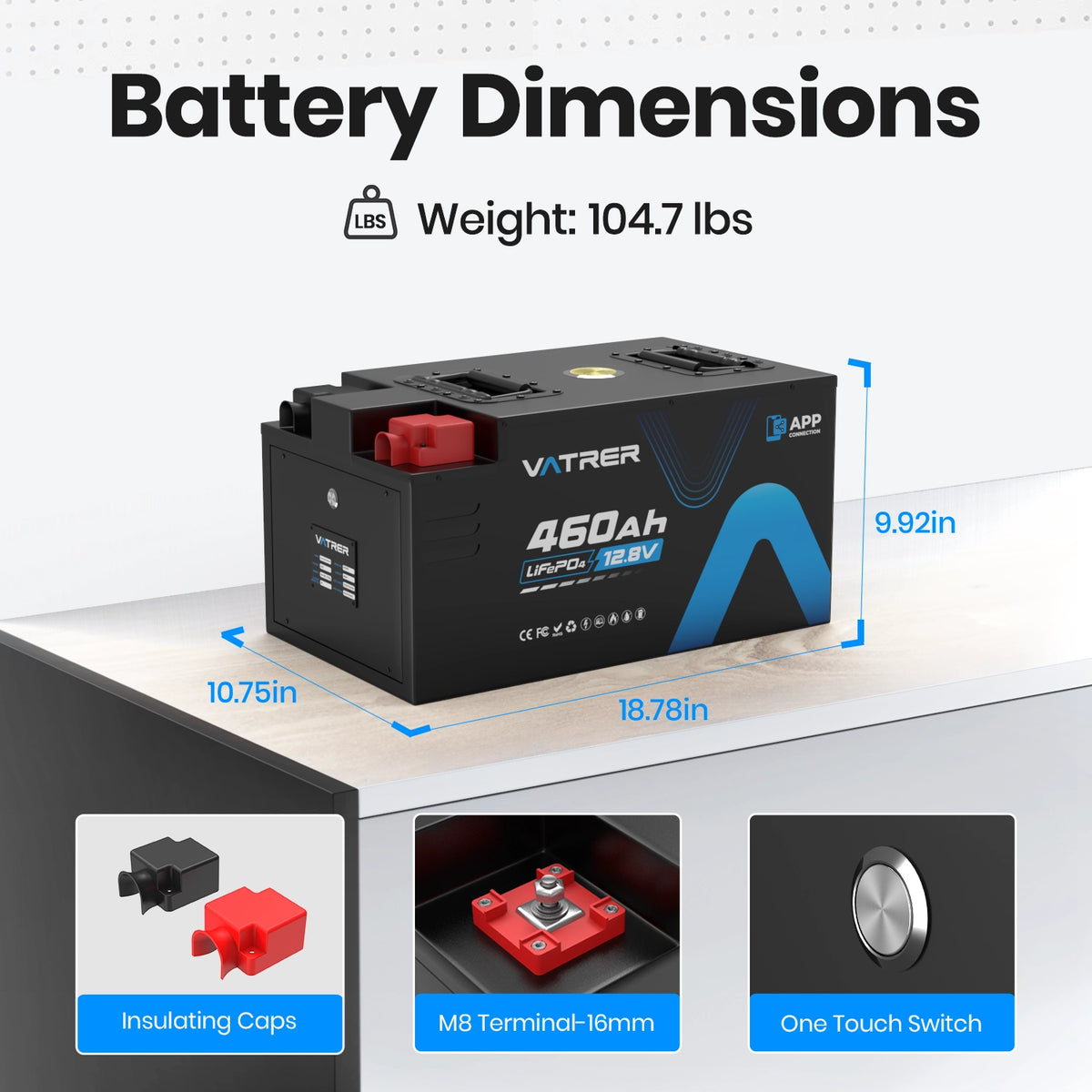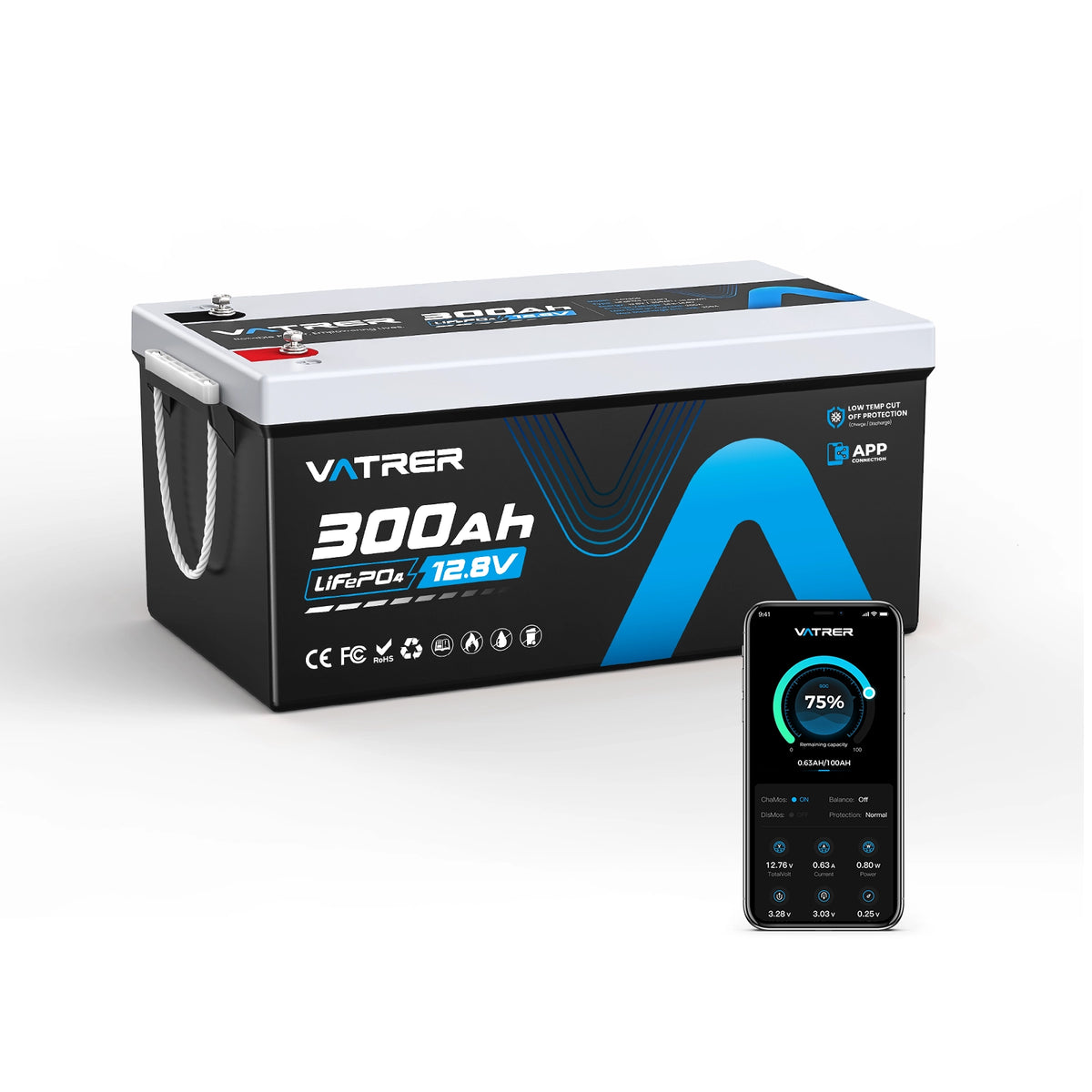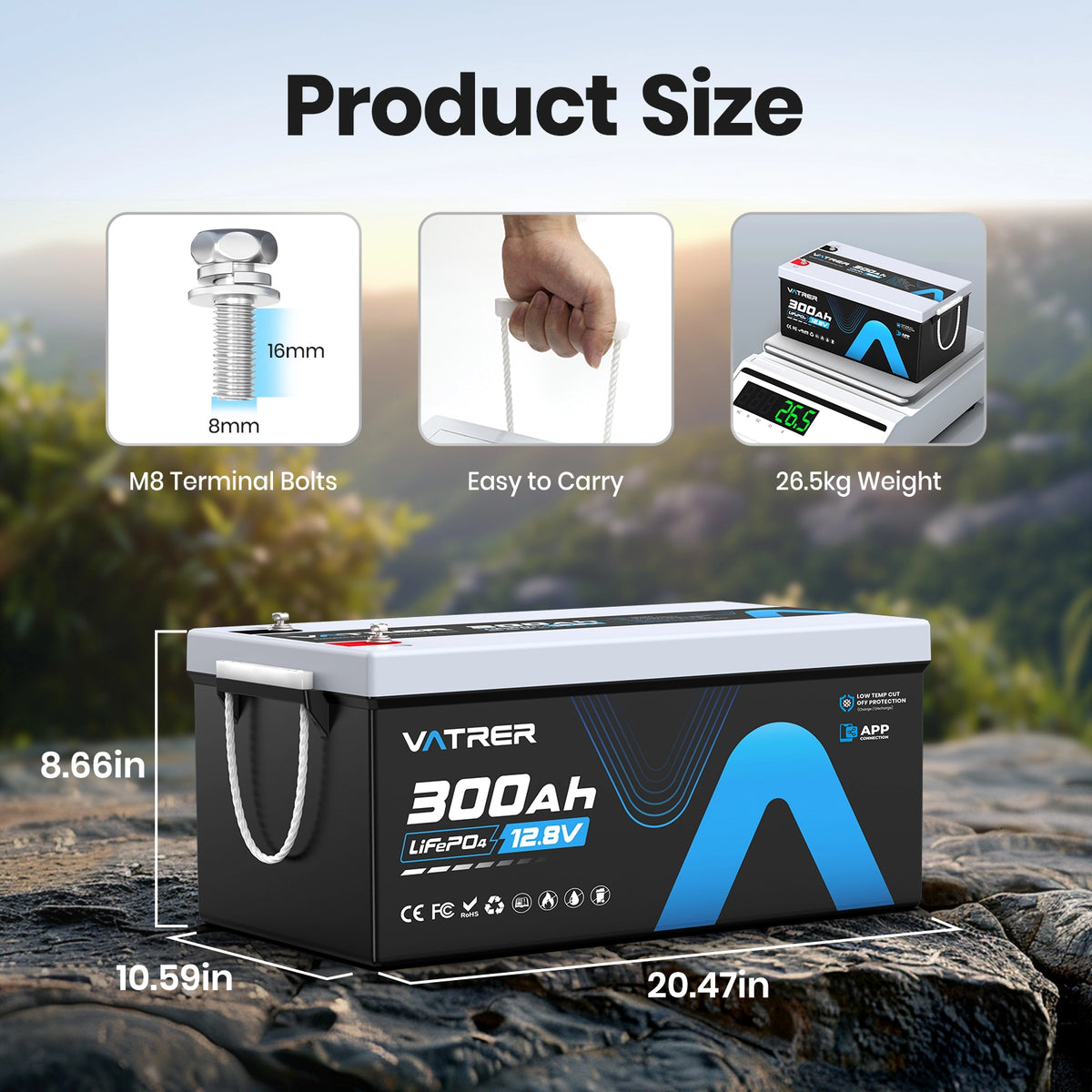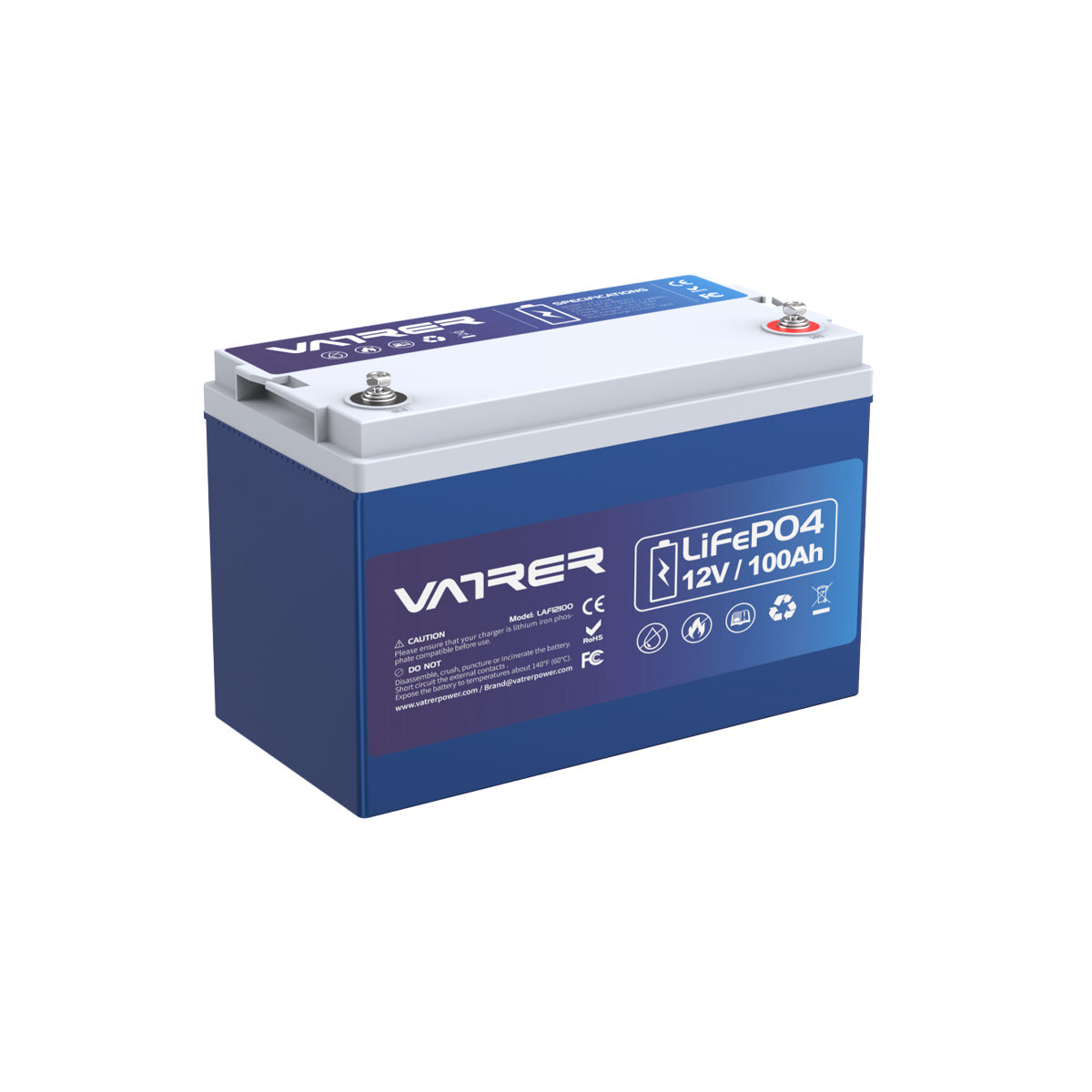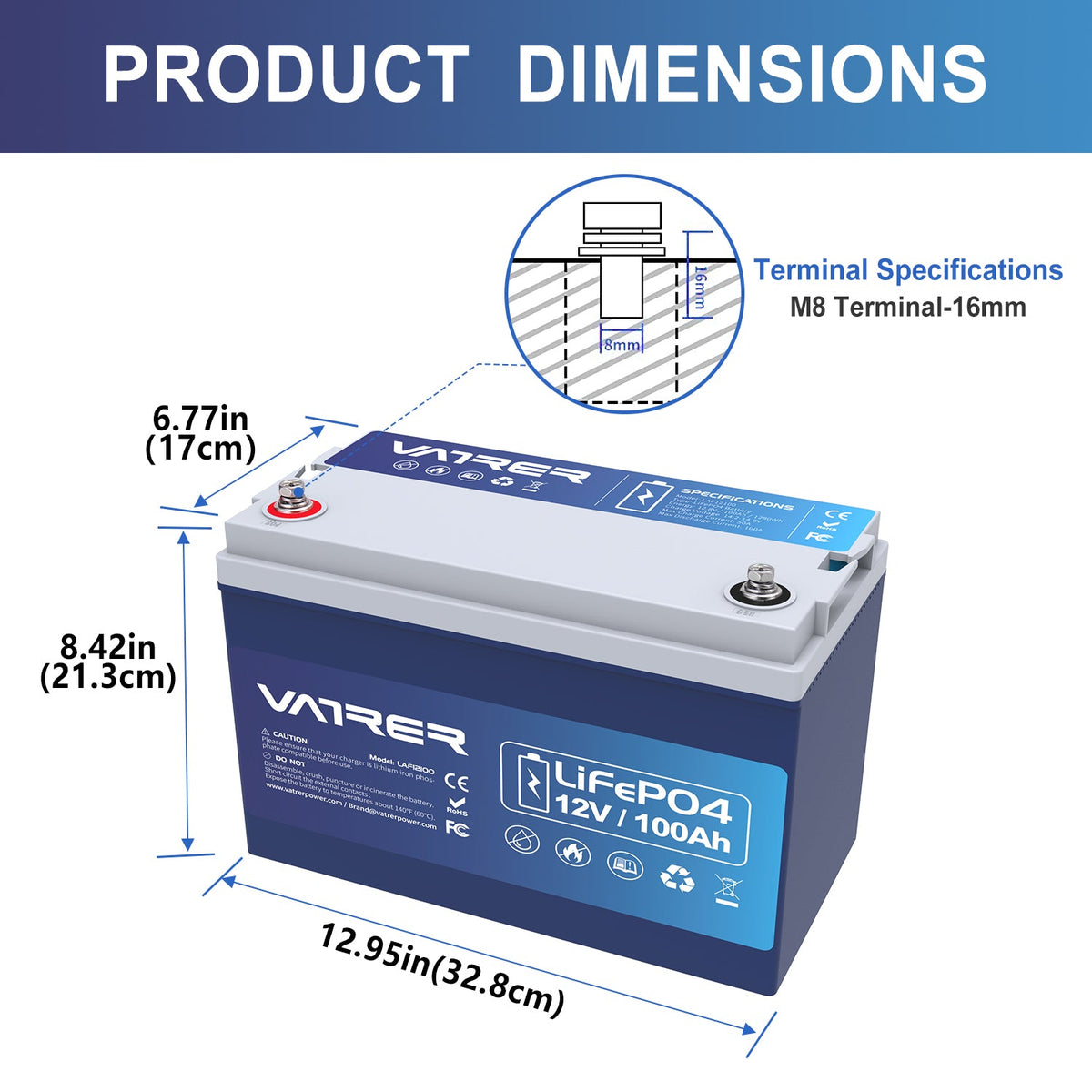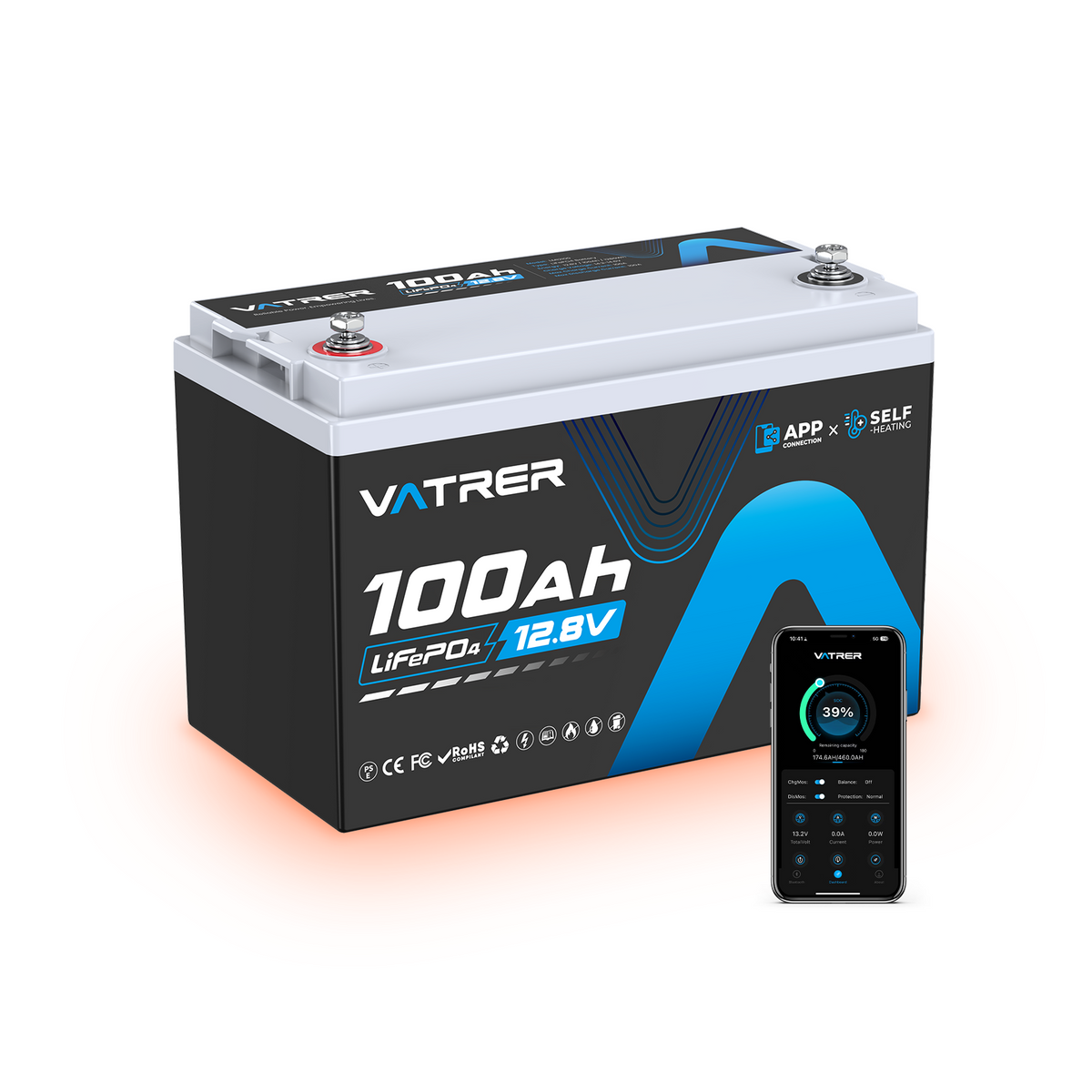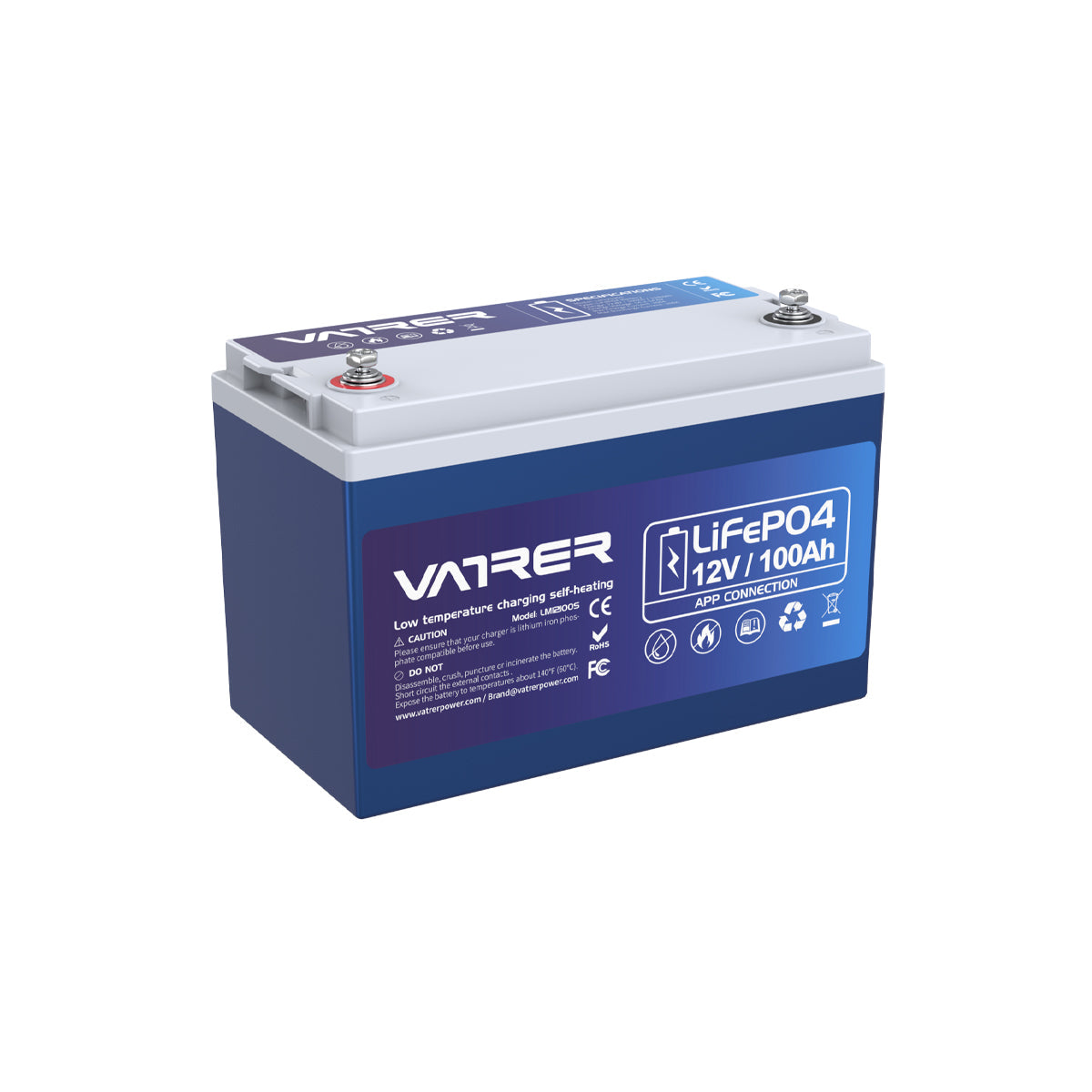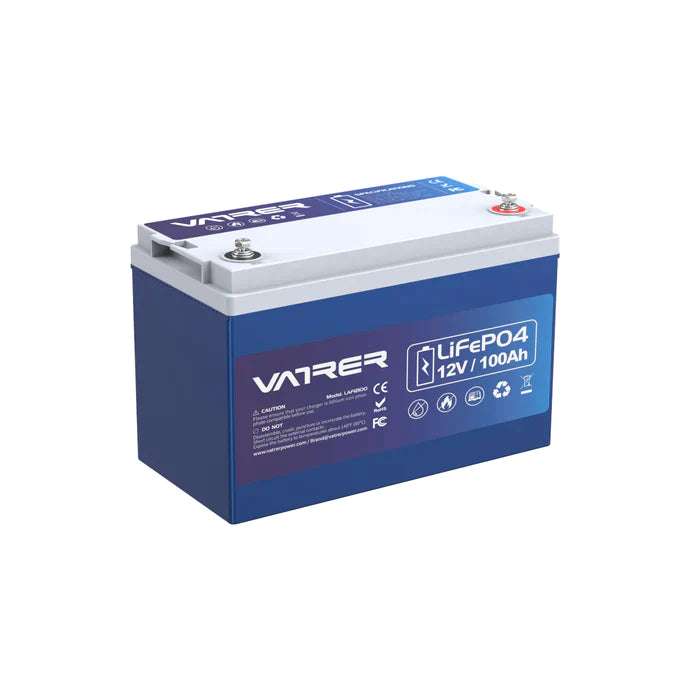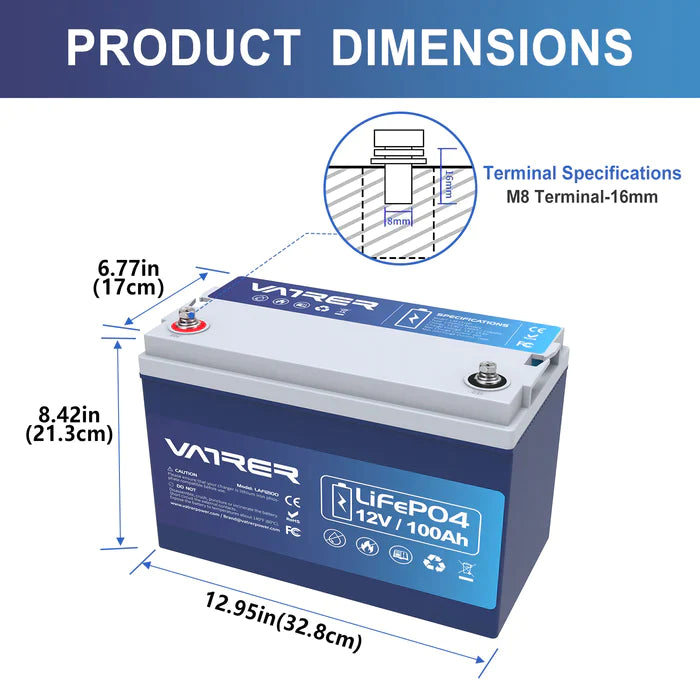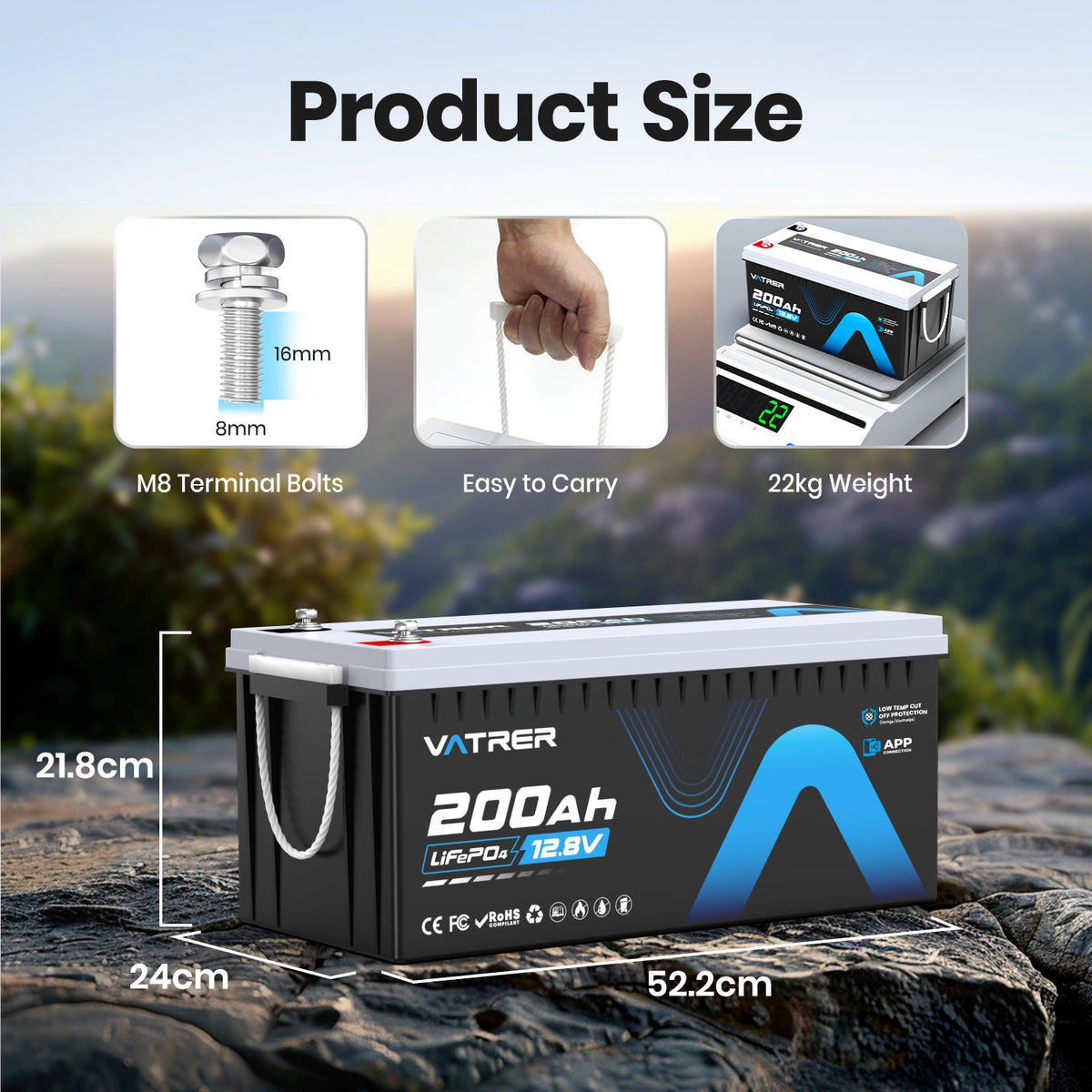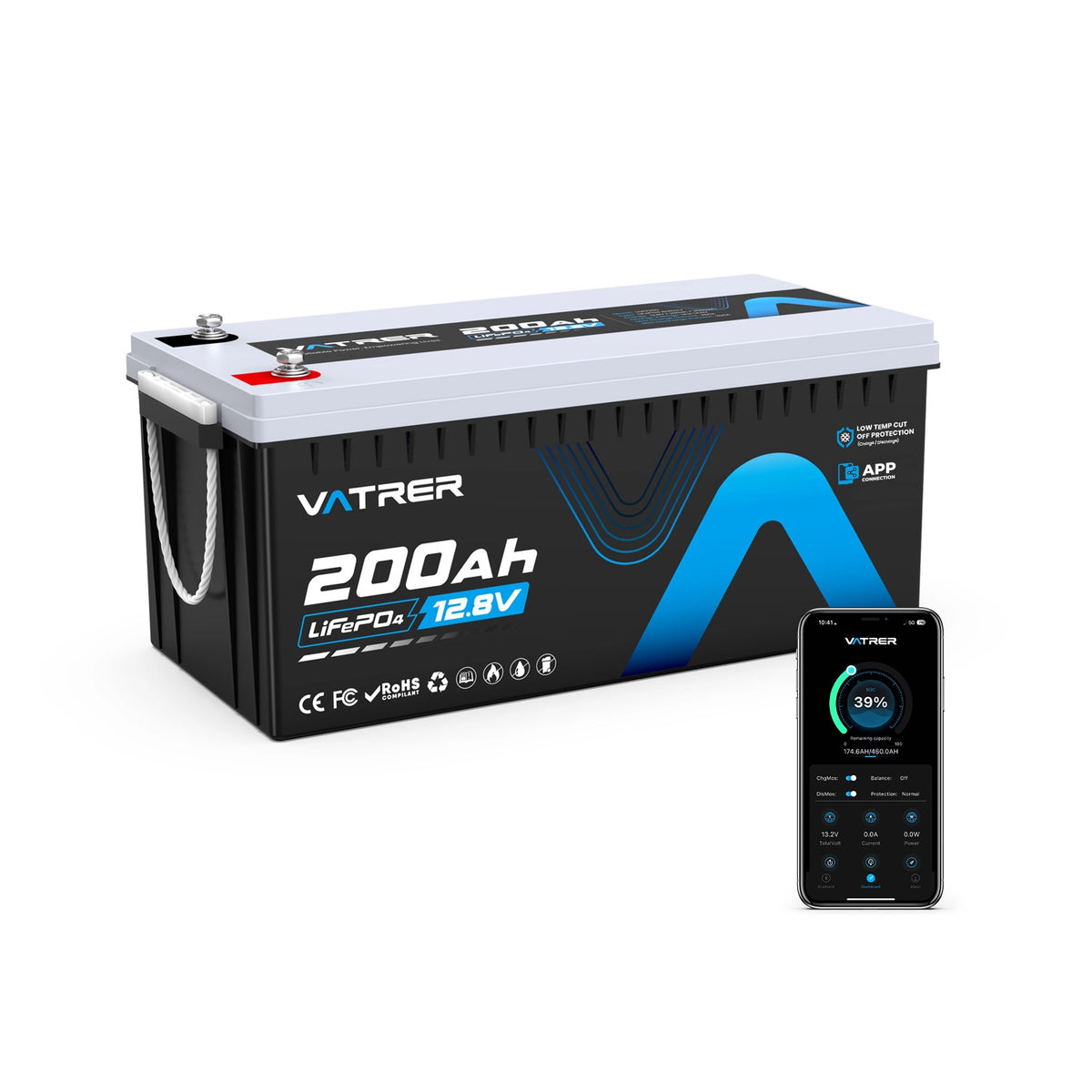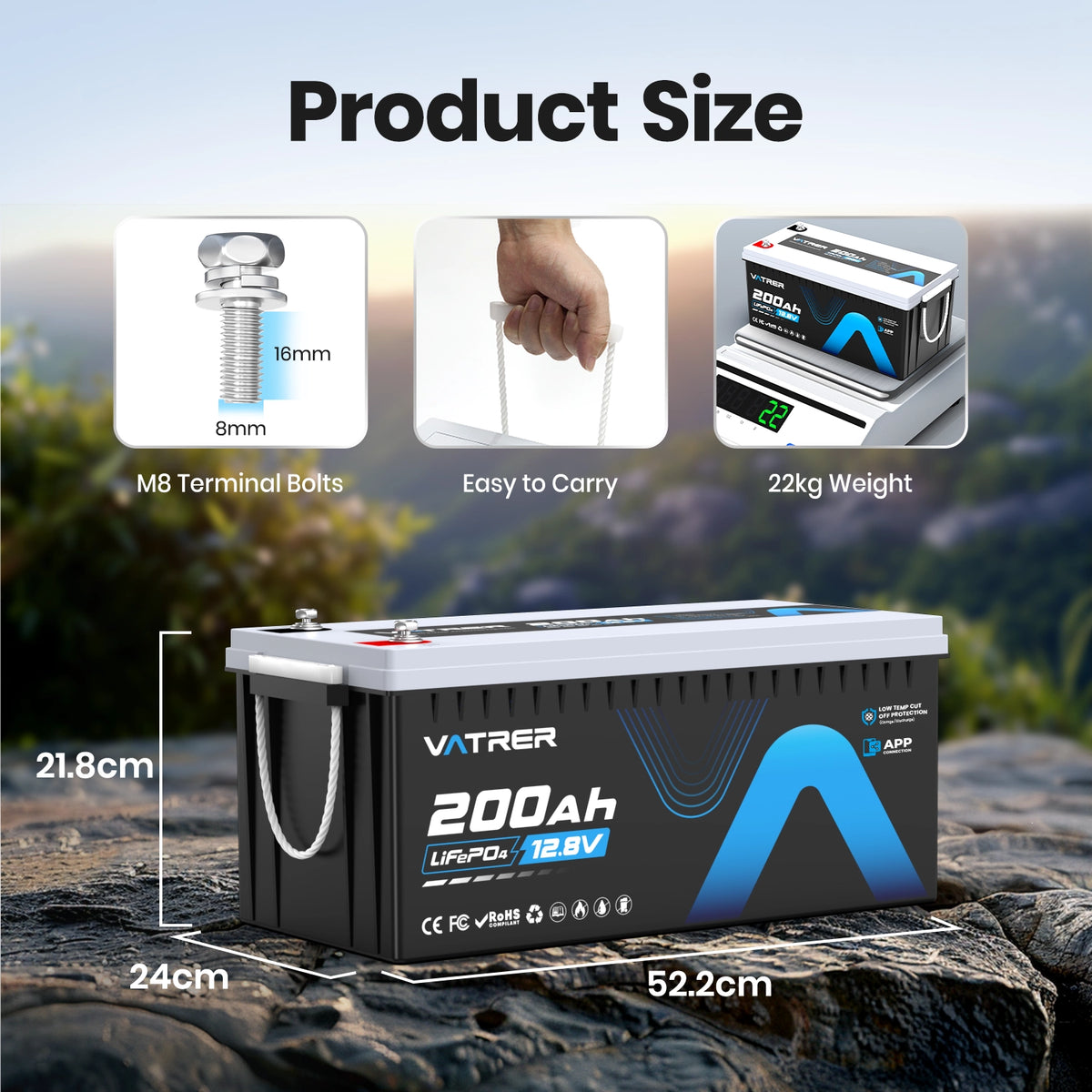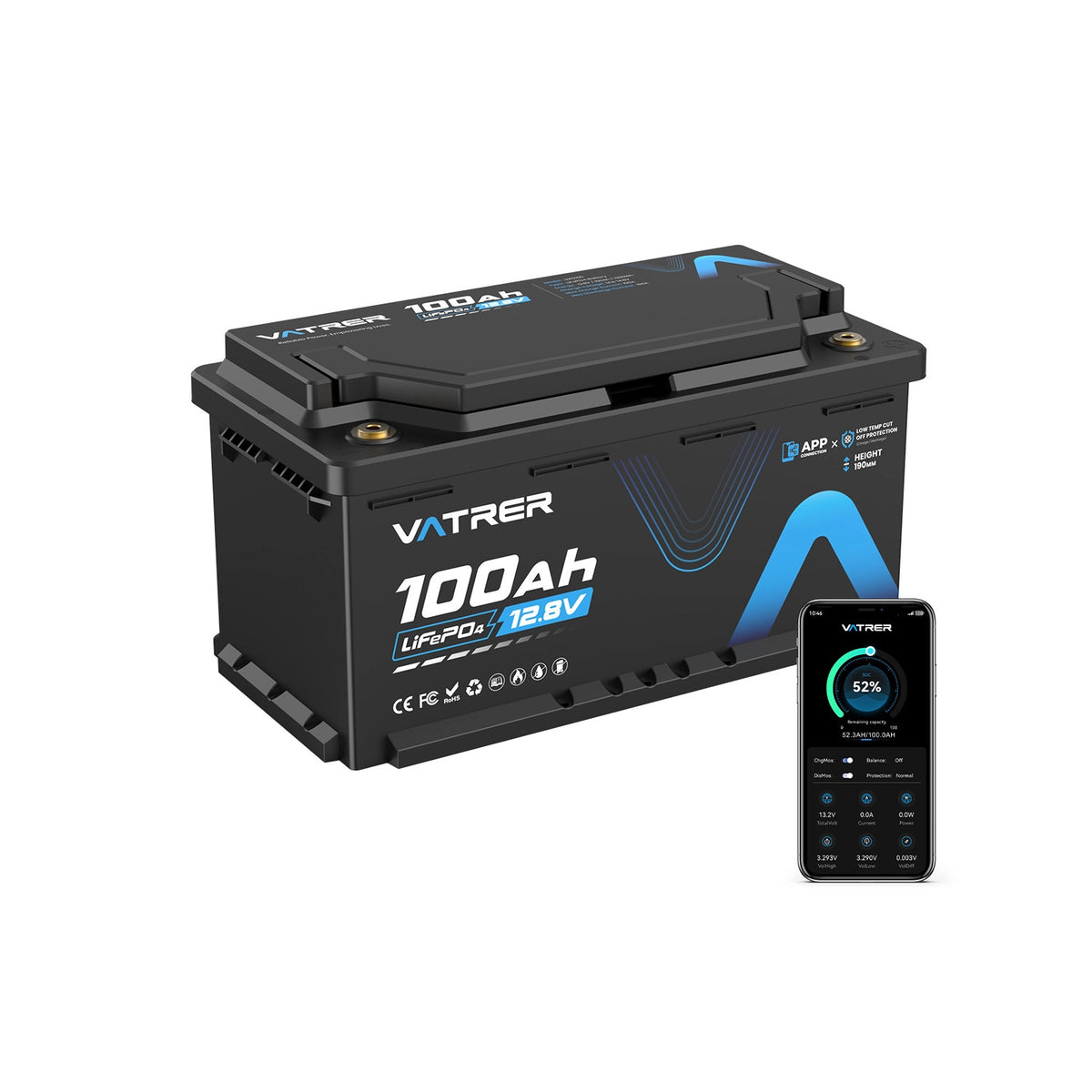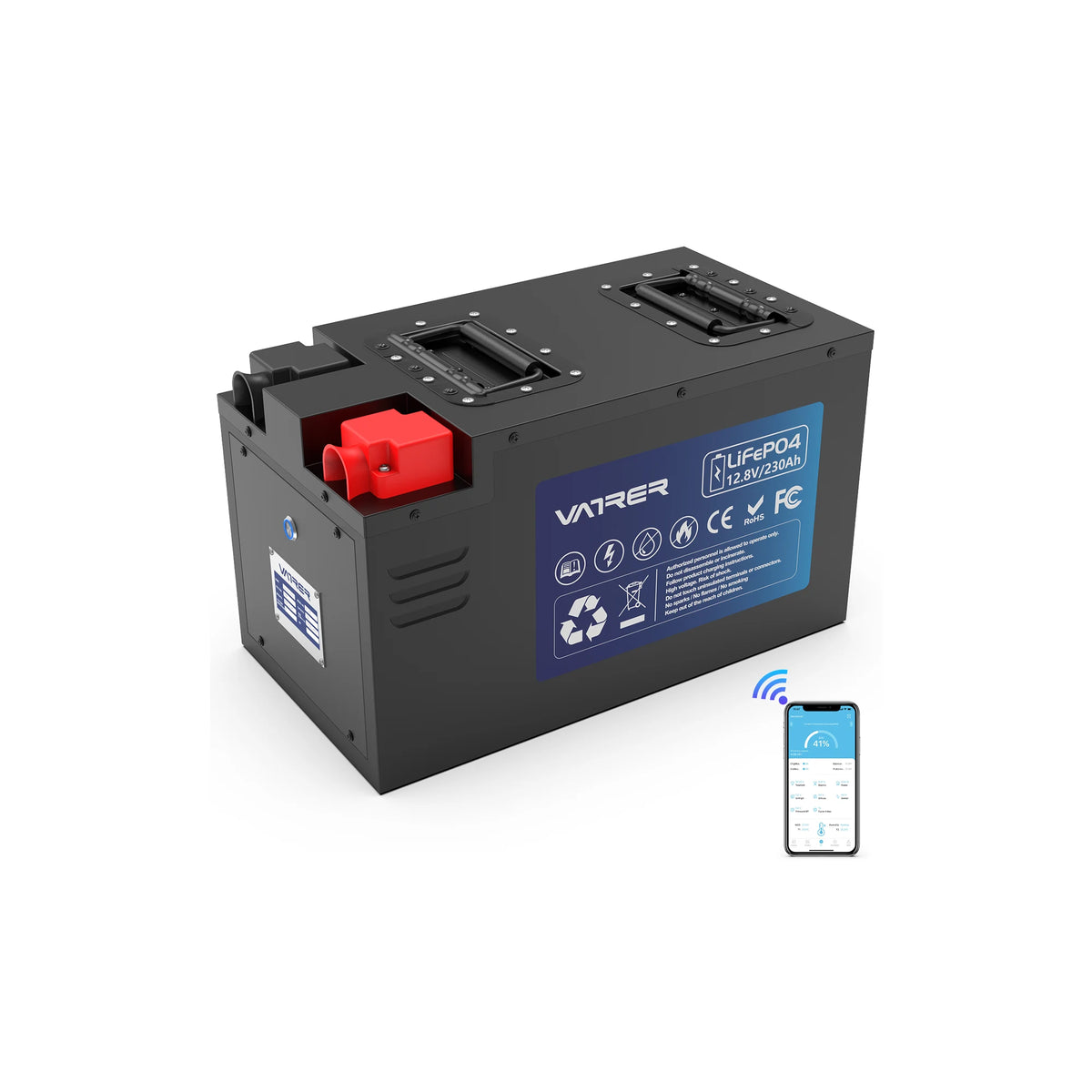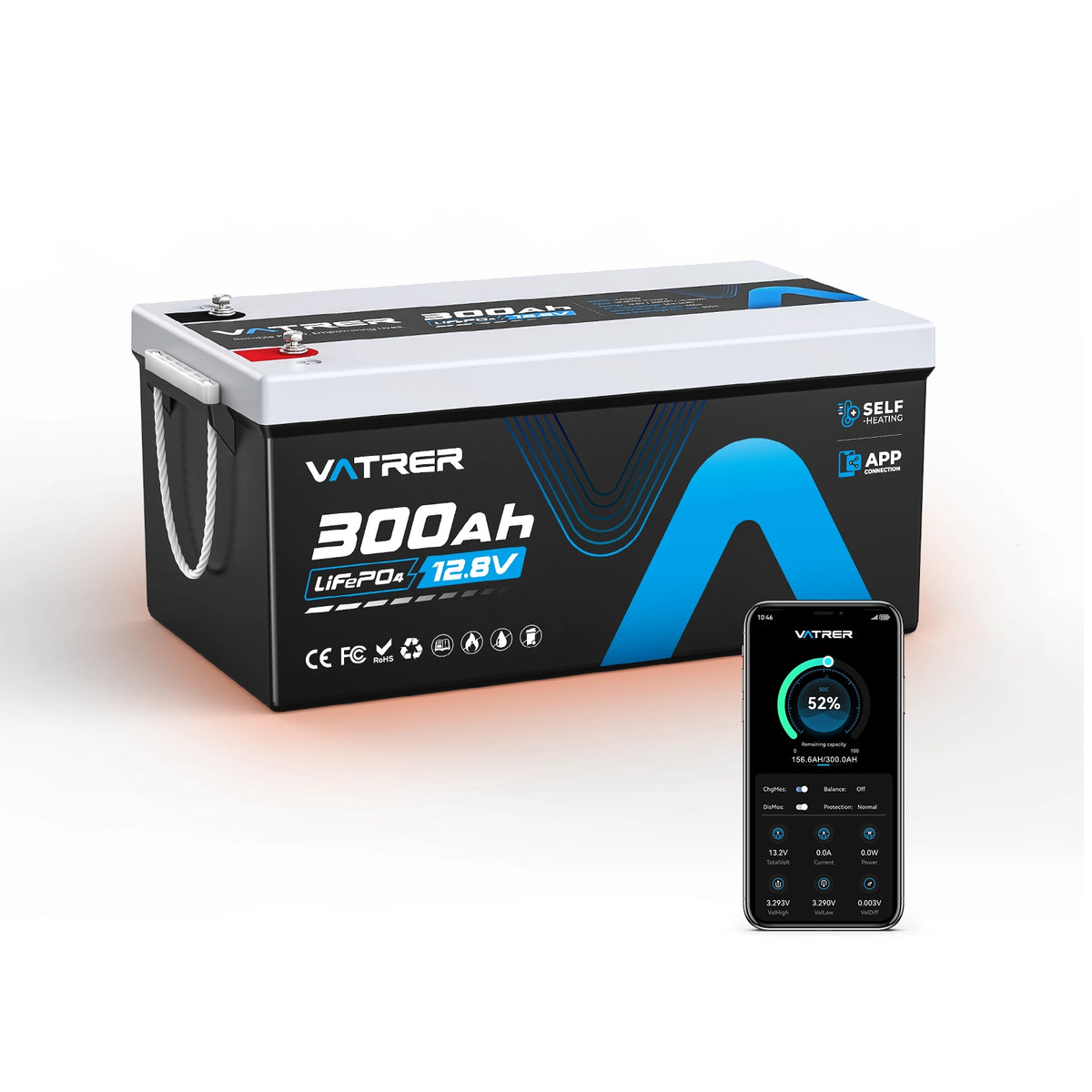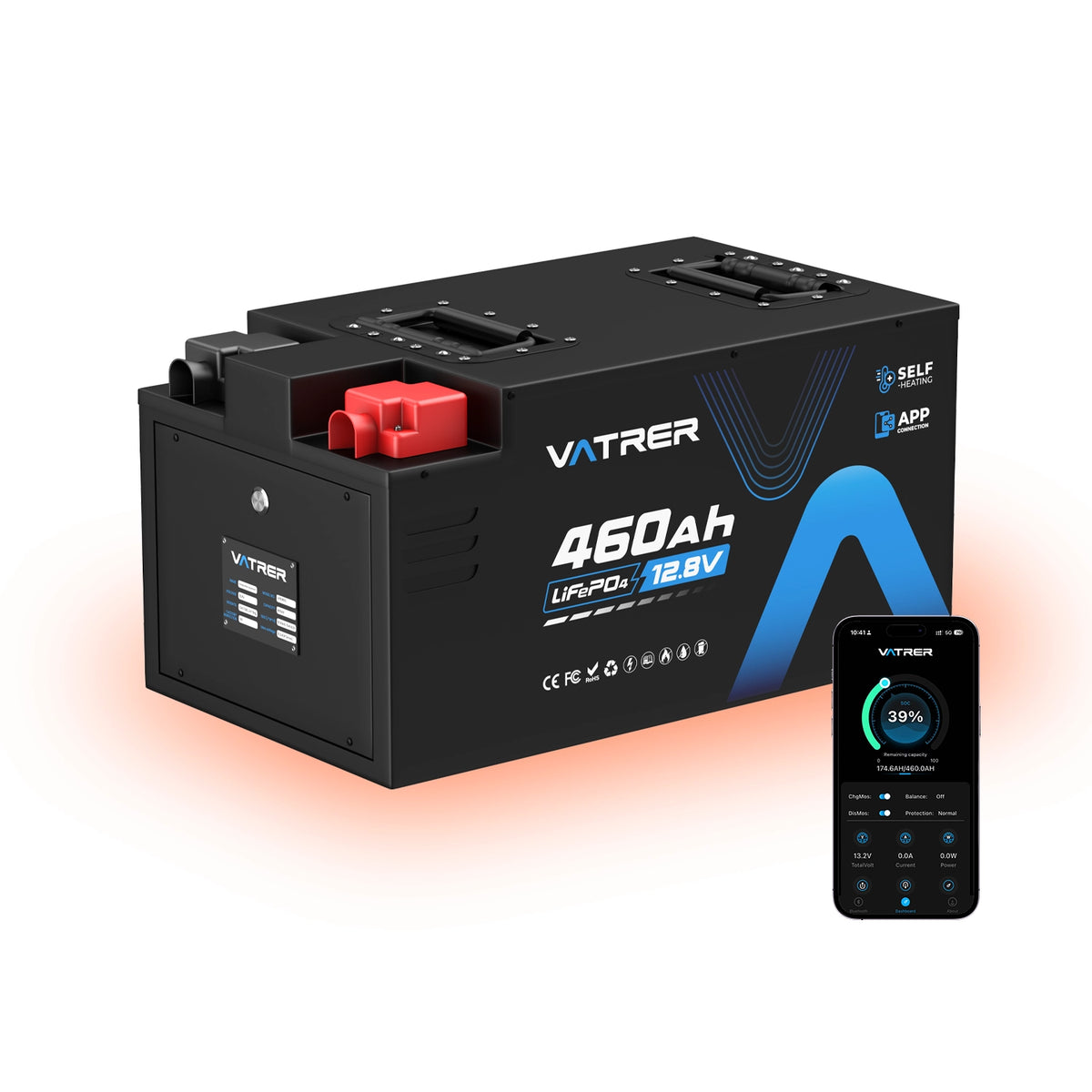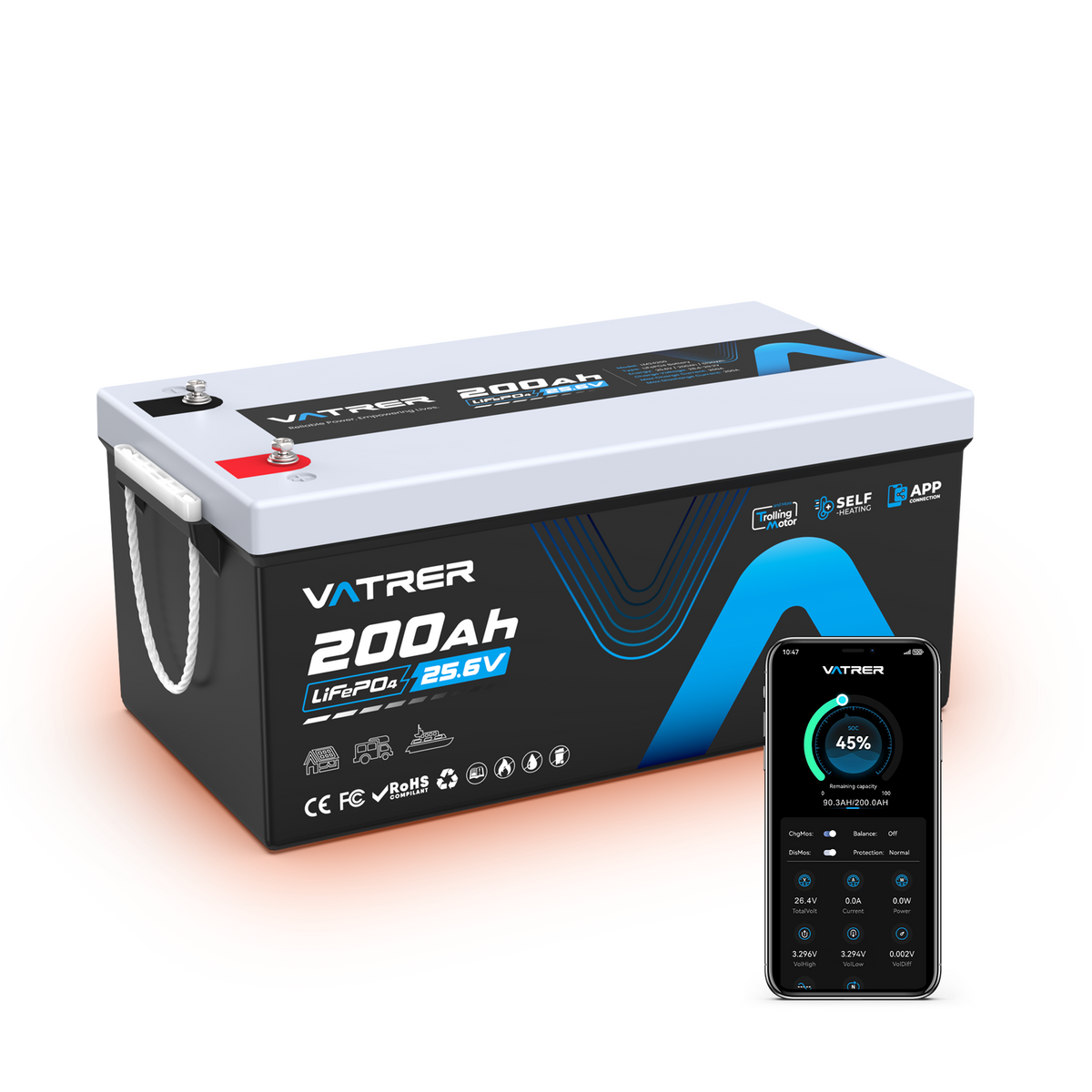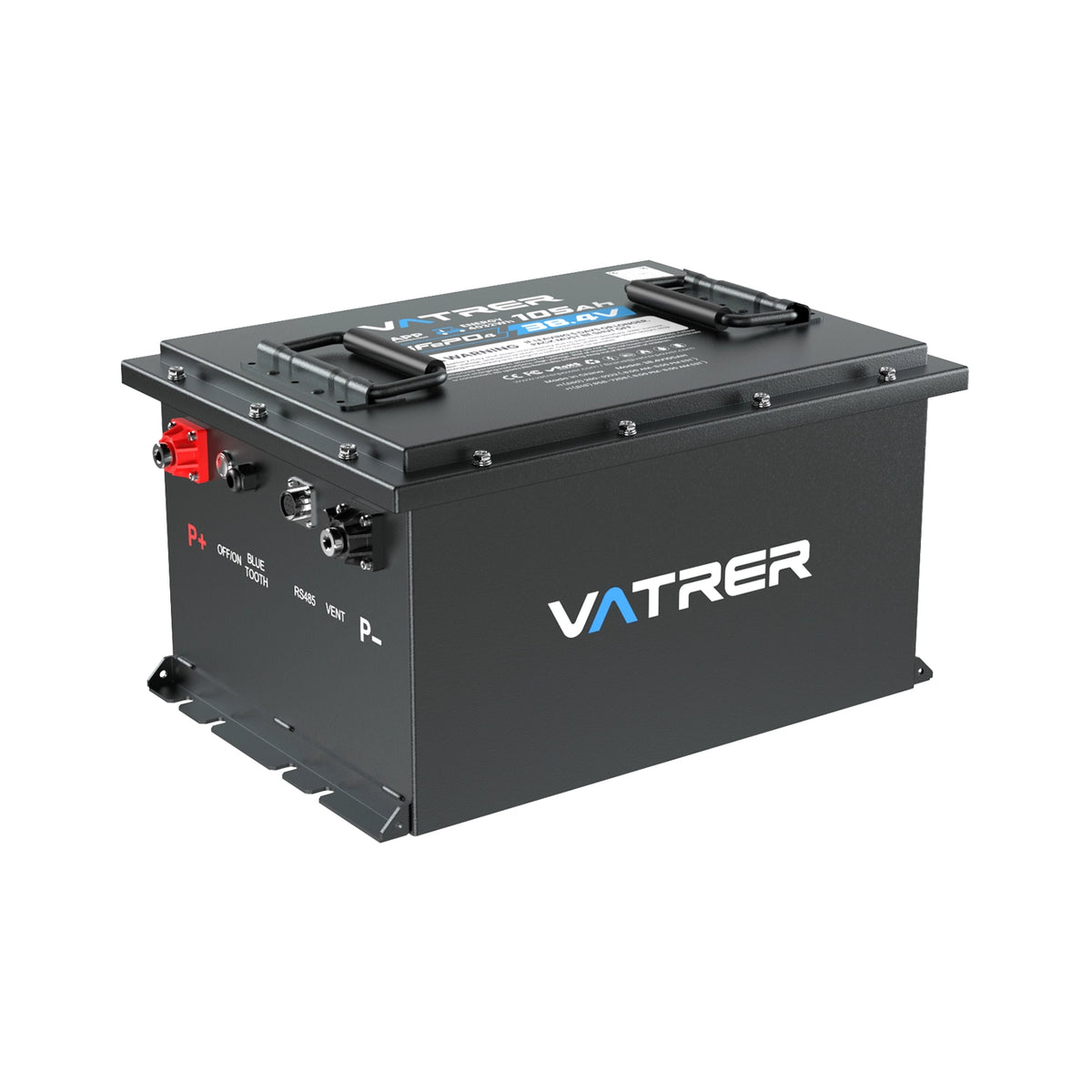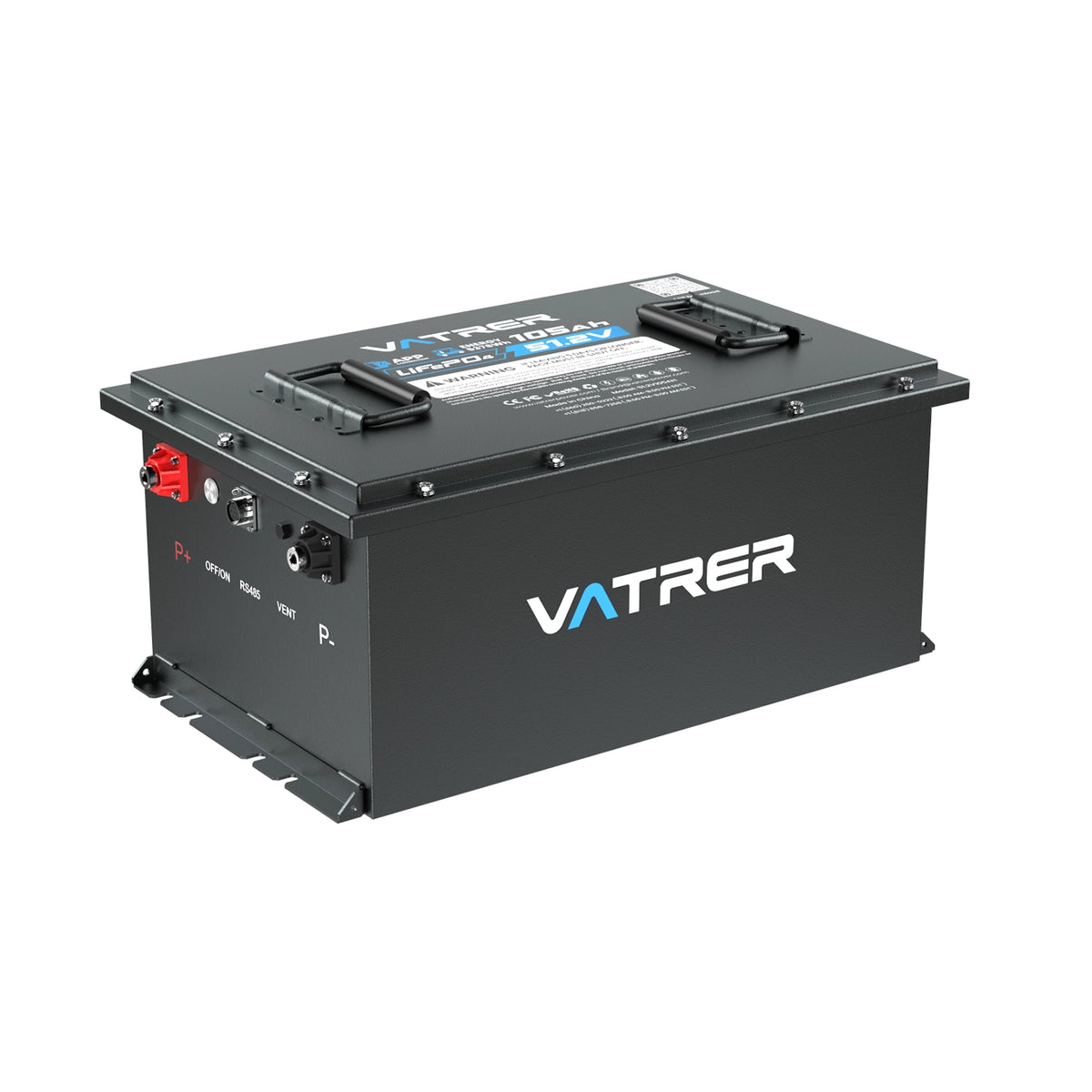If you’ve ever been stranded with a dead battery.
Whether you’re cruising around the golf course, boondocking in your RV, trolling on a fishing boat, or just powering your backyard solar setup.
You know how frustrating (and sometimes downright panic‑inducing) that moment can be. So let’s chat about battery lifespans, covering everything from golf carts to RV rigs, marine vessels to solar banks, and what makes tick (or not).
✅TOC:
- Standardized battery life?
- Stuff That Kills Battery Life
- how long do golf cart batteries last?
- Quick & Dirty Tips to Squeeze More Life Outta Your Pack
- When to Bite the Bullet & Upgrade 🔋
- Bottom line
Why isn't there a standardized battery life?
First, no magic “X years” answer applies to every battery under the sun.
You’ve got lead‑acid deep cycle batteries (the old-school, heavy beasts), AGM and gel cells (the slightly fancier, maintenance‑light cousins), and the shiny new lithium‑ion packs (lightweight, quick‑charge, but pricier).
Each of these techs behaves differently. A typical flooded lead‑acid golf cart battery might limp for 3–5 years if you baby it, while a quality lithium pack in an RV could easily hit 8–10 years (or 4,000+ cycles) if you treat it right.
Now, if you’re thinking, “Cool, I’ll just buy lithium for everything!” — hold your horses. Upfront costs can be 2–3X higher than lead‑acid, and not all gear (chargers, inverters) plays nice out of the box with LiFePO₄ or NMC chemistries.
But if you plan on daily use, example, powering your solar‑plus‑battery homestead, or logging serious miles in an e‑bike — lithium’s lower weight, faster charging, and no‑fuss maintenance often pay off in the long run.
Stuff That Kills Battery Life
No matter the type, all batteries have their Achilles’ heels:
- Depth of Discharge (DoD): Draining your pack down to 0% all the time is a no‑no. Lead‑acid hates deep discharges; lithium can handle it better, but even it prefers staying above 20%. Shallower discharges lead to longer cycle life.
- Overcharging & Undercharging: Using a “dumb” charger that just throws amps at your battery until it overheats or swells? Yes, Smart chargers with proper voltage regulation are a must, especially for gel and AGM types.
- Temperature Extremes: Extreme heat or cold degrades battery life. Freezing temps slow chemical reactions; scorching heat accelerates degradation. Ideally, keep batteries between 50°F and 85°F. If you’re in Death Valley or Denali, consider an insulated battery box or heater.
- Usage Patterns: Weekend warriors who fire up their RV or golf cart once a month often end up with sulfated lead‑acid cells. Conversely, daily‑use batteries rack up cycle counts faster. Both extremes shorten service life if not managed.
- Maintenance (or lack thereof):specially crucial for flooded lead-acid batteries. Flooded lead‑acid batteries need watering and terminal cleaning; AGMs and gels are “maintenance‑light,” but you still gotta keep contacts clean and ensure proper charging profiles.
- Charge/Discharge Rates: High rates can accelerate aging.
- Charging Method and Management: Using appropriate chargers, performing equalization (for lead-acid), and the quality of the Battery Management System (BMS) (for lithium).
- Physical Factors: Vibration, shock, etc.
- Manufacturing Quality: Variations exist between brands and even batches.
So, how long do golf cart batteries last?
Here’s a ballpark:
- Flooded Lead‑Acid (Deep‑Cycle): 3–5 years
- AGM / Gel: 5–7 years
- Lithium‑Ion (LiFePO₄): 8–12+ years
- Marine Deep‑Cycle: Often similar to golf cart batteries (4–6 years), but saltwater corrosion can be a wildcard.
- Solar Battery Banks: If they’re lead‑acid, plan on replacing after ~5 years; lithium banks easily hit a decade if charged correctly.
- E‑Bike / Scooter Packs: Usually lithium, lasting 2–5 years, depending on DoD and charging habits.
| Battery Type / Application | Estimated Lifespan | Notes |
| Flooded Lead-Acid (Deep Cycle) | 3–5 years | - |
| AGM / Gel | 5–7 years | - |
| Lithium-Ion (LiFePO₄) | 8–12+ years | - |
| Marine Deep-Cycle | 4–6 years | Similar to golf cart batteries; saltwater corrosion is a factor |
| Solar Battery Banks (Lead-Acid) | ~5 years | - |
| Solar Battery Banks (Lithium) | 10+ years | Requires correct charging |
| e-Bike / Scooter Packs | 2–5 years | Lifespan depends on DoD and charging habits |
Please note: The lifespans listed in the table are estimates. Actual lifespan will vary based on usage conditions, maintenance, temperature, charging/discharging habits, and other factors.
And: those numbers assume moderate use: one cycle per day, stored smartly, charged with the right gear. If you’re hardcore‑boondocking every weekend or pushing a pack to 90% DoD every ride, expect the lower end of the spectrum.
Quick & Dirty Tips to Squeeze More Life Outta Your Pack
Charge Early, Charge Often
- For lead‑acid: Top ’em off ASAP after use—never let ’em sit at a low state of charge for days.
- For lithium: Shallow, frequent charges are A‑OK. No need to hit 100% every time; keeping them between 50–80% is actually healthier.
Invest in a Quality Charger
Look for multi‑stage (bulk, absorption, float) profiles for lead‑acid, and a dedicated LiFePO₄ charger if you’re going lithium.
Control the Climate
If you can’t park in a garage, consider insulated compartments or battery warmers in winter, and shade or venting in summer.
Rotate & Rest
If you’ve got a big bank (say, a solar array), consider rotating batteries in service, giving some cells a “rest” offline.
Watch the Voltage
A cheap multimeter can save you a ton of grief. Check resting voltage occasionally to catch dying cells before they tank the whole pack.
When to Bite the Bullet & Upgrade 🔋
Still rocking dusty golf cart batteries while your buddy zips by with fancy lithiums? Here’s when upgrading makes sense:
- You’re tired of hauling heavy lead‑acid batteries around (they can be 50% heavier than LiFePO₄ equivalents).
- You need fast charging —lithiums can often top to 80% (5X Faster) in under an hour, whereas lead‑acid might take overnight.
- You crave maintenance‑free ownership (no watering, no terminal greasing).
- You want a more consistent voltage under load (lithium holds a flat discharge curve, meaning steadier performance until that last 10%).
Of course, calculate your ROI: compare upfront cost vs. replacement/maintenance expenses over 5–10 years. Often, lithium wins if you’re running the pack hard and long.
LiFePO4 Battery vs. Lead-Acid Battery
| Feature | LiFePO4 Battery | Lead-Acid Battery |
| Maintenance | Maintenance-Free | Regular Maintenance Needed |
| Total Ownership Cost | Higher Upfront (200%) but 50% Lower Long-Term | Lower Upfront (100%) but 200% Higher Long-Term |
That's All
There ya have it —a whirlwind tour of battery lifespans from golf carts to RVs, marine deep‑cycles to tiny e‑bikes, and even solar storage. Bottom line: match your battery chemistry to your usage habits, charge smart, keep things at comfy temps, and don’t push ’em past their limits. Do that, and you’ll avoid those heart‑stopping “click… click…” moments when you’re least prepared.



